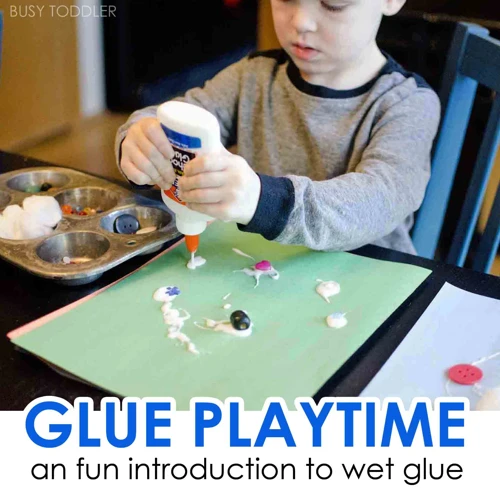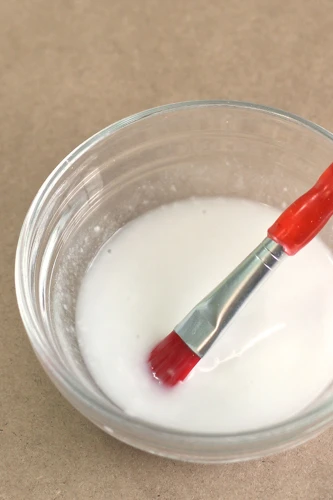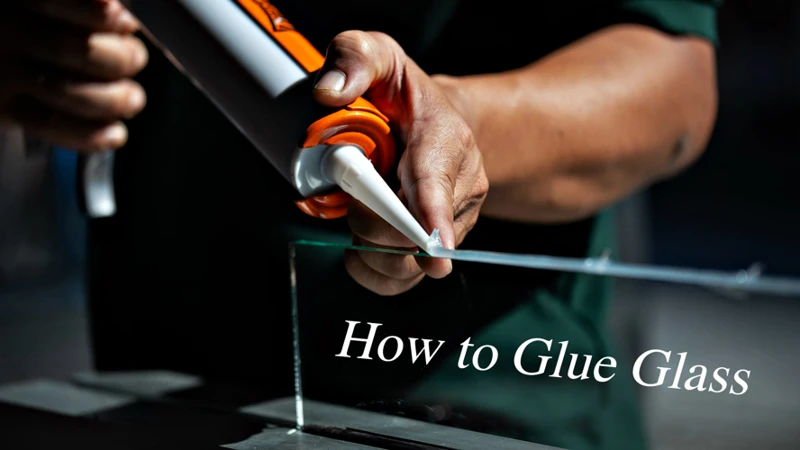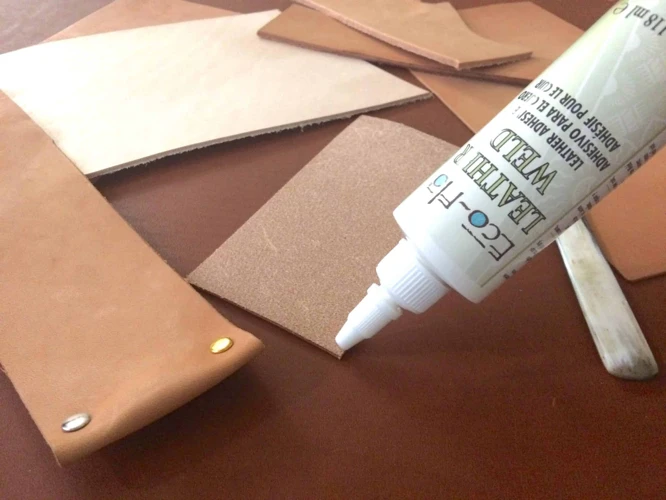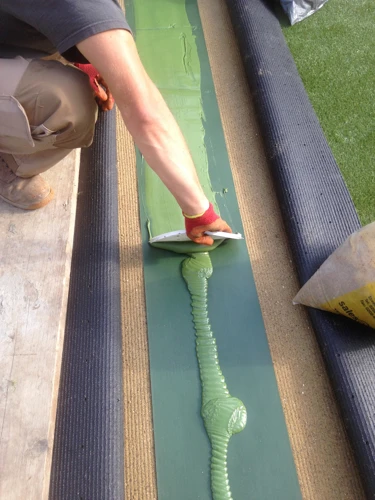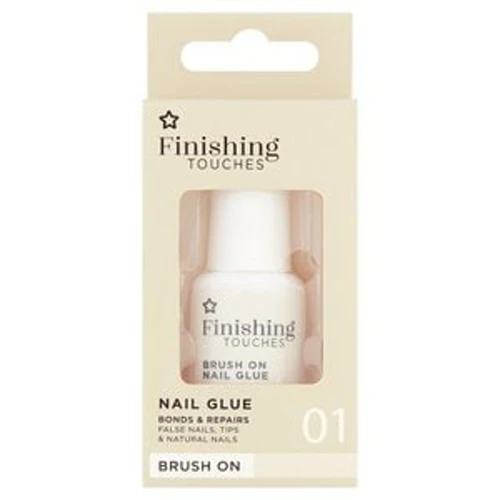Embracing the trend of sustainable landscaping, installing artificial turf has become a popular DIY project for homeowners seeking a lush, green lawn without the maintenance of natural grass. Not only does artificial turf offer an evergreen aesthetic, but the installation process itself can be highly rewarding and cost-effective.
The Benefits of Installing Artificial Turf
The allure of a low-maintenance lawn is just one of the many benefits of installing artificial turf. It’s an eco-friendly alternative that conserves water and eliminates the need for harmful pesticides or fertilizers. Plus, its durability ensures a long-lasting green space suitable for pets, children, and all kinds of outdoor activities.
Tools and Materials Needed for Synthetic Grass Installation
Before embarking on your DIY artificial grass project, gathering the right tools and materials is crucial. You’ll need a turf cutter, wheelbarrow, shovel, rake, utility knife, artificial grass adhesive, and seam tape. Selecting quality materials is vital for a successful synthetic grass installation.
Preparing the Area for Artificial Lawn Installation
Proper preparation of the area is essential to ensure the longevity and appearance of your new lawn. This stage sets the foundation for a successful installation, so meticulous attention to detail is necessary.
Clearing the Site and Ensuring Proper Drainage
The initial step is to clear the site of any debris, weeds, or old turf. Ensuring proper drainage is also critical to prevent waterlogging. This may involve adjusting the gradient of the base or installing a drainage system.
Laying the Base for Artificial Grass
After clearing the ground, lay a crushed rock base to create a stable platform for the artificial lawn. Compact the base thoroughly to prevent any sinking or unevenness after the artificial lawn installation.
How to Apply Artificial Grass Adhesive
When it comes to bonding artificial turf, using the right adhesive is key. This ensures a secure bond that can withstand weather changes and heavy usage.
Choosing the Right Glue for Fake Grass
Select a high-quality artificial grass adhesive designed for outdoor use. It should be weatherproof, durable, and capable of forming a strong bond on various substrates.
Applying Outdoor Carpet Glue for Bonding Artificial Turf
Outdoor carpet glue is perfect for securing your synthetic turf. Spread the adhesive on the seam tape or directly onto the base, depending on the product’s instructions, and carefully position the turf for optimum bonding.
Securing Seams and Edges
Ensuring that seams and edges are secured neatly is vital for a professional finish. Apply pressure to the seams to bond the pieces of turf together seamlessly, and secure the edges with adhesive or landscape staples.
DIY Artificial Grass: Laying and Cutting the Turf
The visual appeal of your fake grass setup hinges on how well the turf is laid and cut. This requires precision and patience, as well as a keen eye for detail.
Rolling Out the Artificial Grass
Carefully roll out the artificial grass over the prepared base. Ensure that the blades of grass are all facing the same direction for a uniform look.
Trimming and Securing the Turf
Use a sharp utility knife to trim the turf to fit the space. It’s important to make clean cuts for the edges to align properly. Once trimmed, secure the turf to the base with adhesive or nails.
Gluing Artificial Grass on Different Surfaces
Artificial turf can be installed on a variety of surfaces, each requiring specific techniques for optimal adhesion.
Glue Synthetic Turf on Concrete
When installing on concrete, ensure the surface is clean and dry. Apply the adhesive evenly and roll the turf onto the surface, pressing down firmly for secure attachment.
Adhering Artificial Grass to Wood or Other Materials
For wood or other materials, it’s important to select an adhesive that is compatible with both the turf backing and the substrate. Follow the manufacturer’s instructions for the best results.
Finishing Touches for Your Fake Grass Setup
With the artificial turf securely in place, a few finishing touches can elevate the overall look and feel of your new lawn.
Adding Infill (If Necessary)
In some cases, adding infill to your artificial turf can provide additional stability and support for the grass blades. Choose an appropriate infill material and evenly distribute it over the turf.
Brushing and Finishing the Turf
Use a stiff brush to lift the grass blades and help distribute the infill. This also gives your artificial lawn a more natural appearance.
Artificial Turf Maintenance
Although low-maintenance, your artificial turf will still require some care to keep it looking its best.
Cleaning and Caring for Your Artificial Lawn
Regularly remove debris with a leaf blower or broom. Rinse the turf occasionally to clear away dust or spills, keeping it fresh and clean.
Long-Term Maintenance Tips
For long-term care, periodically check the seams and edges to ensure they are secure. Brush the turf to keep it looking natural, and monitor for any signs of wear or damage.
Common Questions About Installing Artificial Turf
Do-it-yourself enthusiasts often have questions about the process of laying their own artificial turf. Here are some answers to common queries.
Can You Install Artificial Grass Yourself?
Yes, with the proper tools, materials, and a bit of elbow grease, you can undertake a DIY artificial grass project and achieve professional results.
How Long Does Artificial Grass Last?
Quality artificial turf can last anywhere from 15 to 25 years, depending on usage and maintenance. Choosing a durable product and following proper installation procedures will enhance its lifespan.
When embarking on DIY projects, knowing the right techniques and materials to use is crucial for a successful outcome. If you’re interested in learning about how to glue various materials together, such as plastic or rocks, we have helpful guides ready for you. Check out our comprehensive articles on how to glue plastic and how to glue rocks for step-by-step instructions that can make your projects easier. Moreover, if you’re into crafting with natural elements and looking for a creative venture, don’t miss our unique tutorial on how to make bird seed blocks with glue. And for those of you wanting to enhance your outdoor space, our article on how to glue artificial grass will provide you with all the information you need to create a lush, low-maintenance lawn.
Conclusion: Enjoying Your New Artificial Grass
Your new artificial grass is now ready to be enjoyed. Revel in the beauty of a maintenance-free green space that looks impeccable all year round. Whether it’s for play, relaxation, or aesthetic appeal, your DIY artificial grass installation will serve as an enduring and sustainable addition to your outdoor living area.
